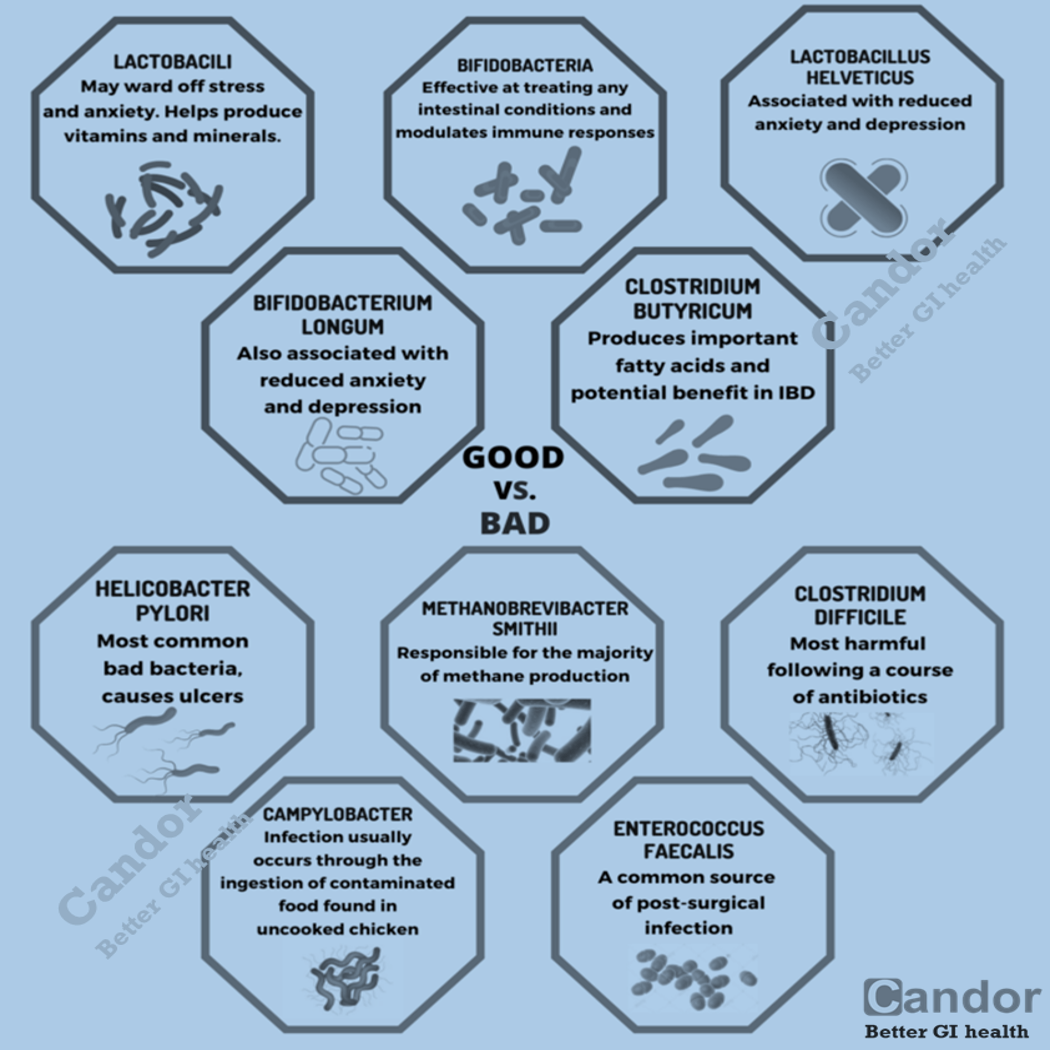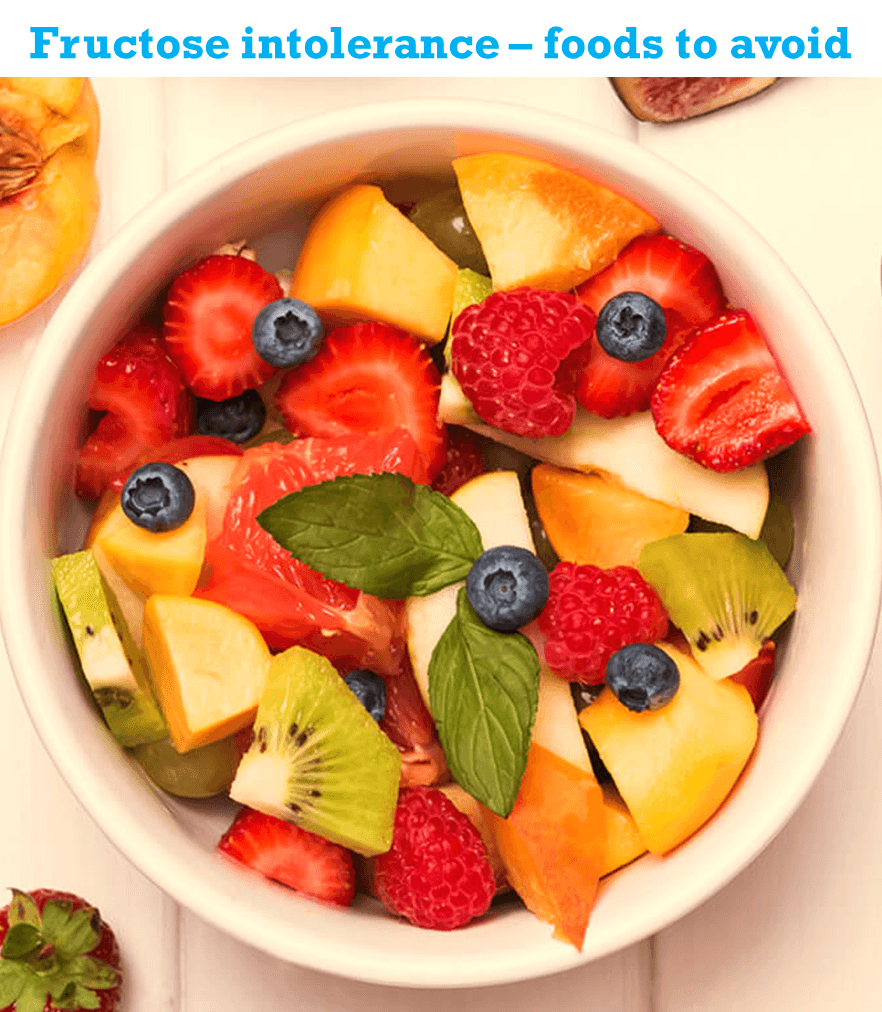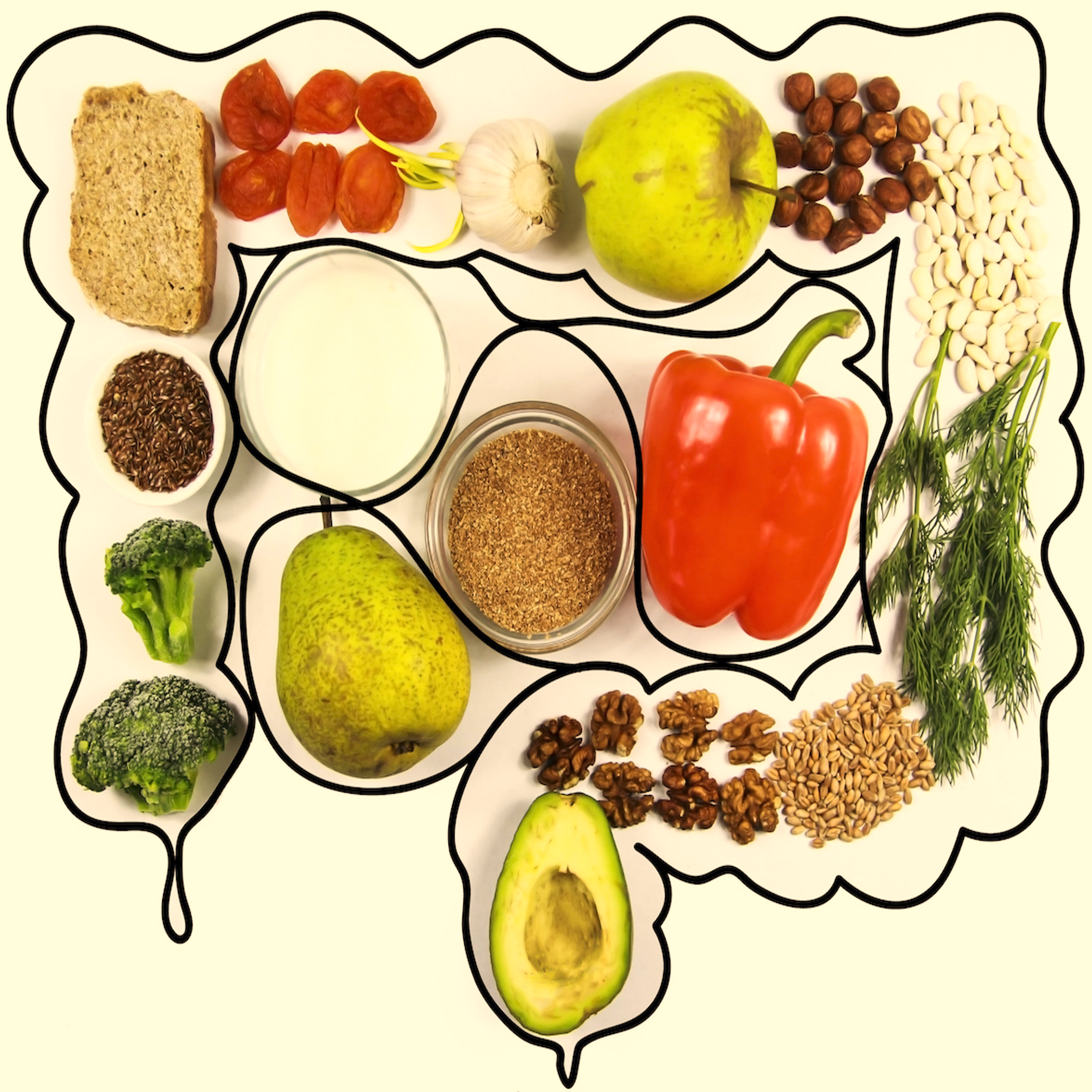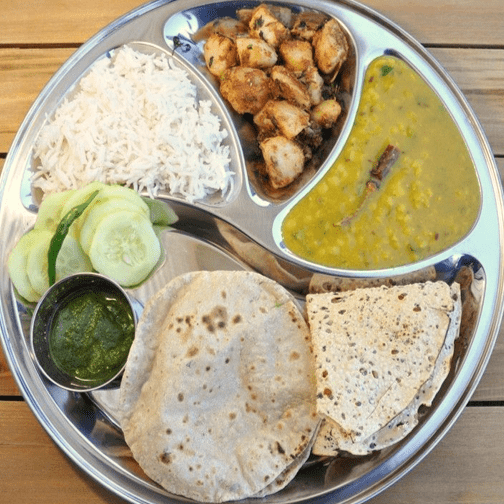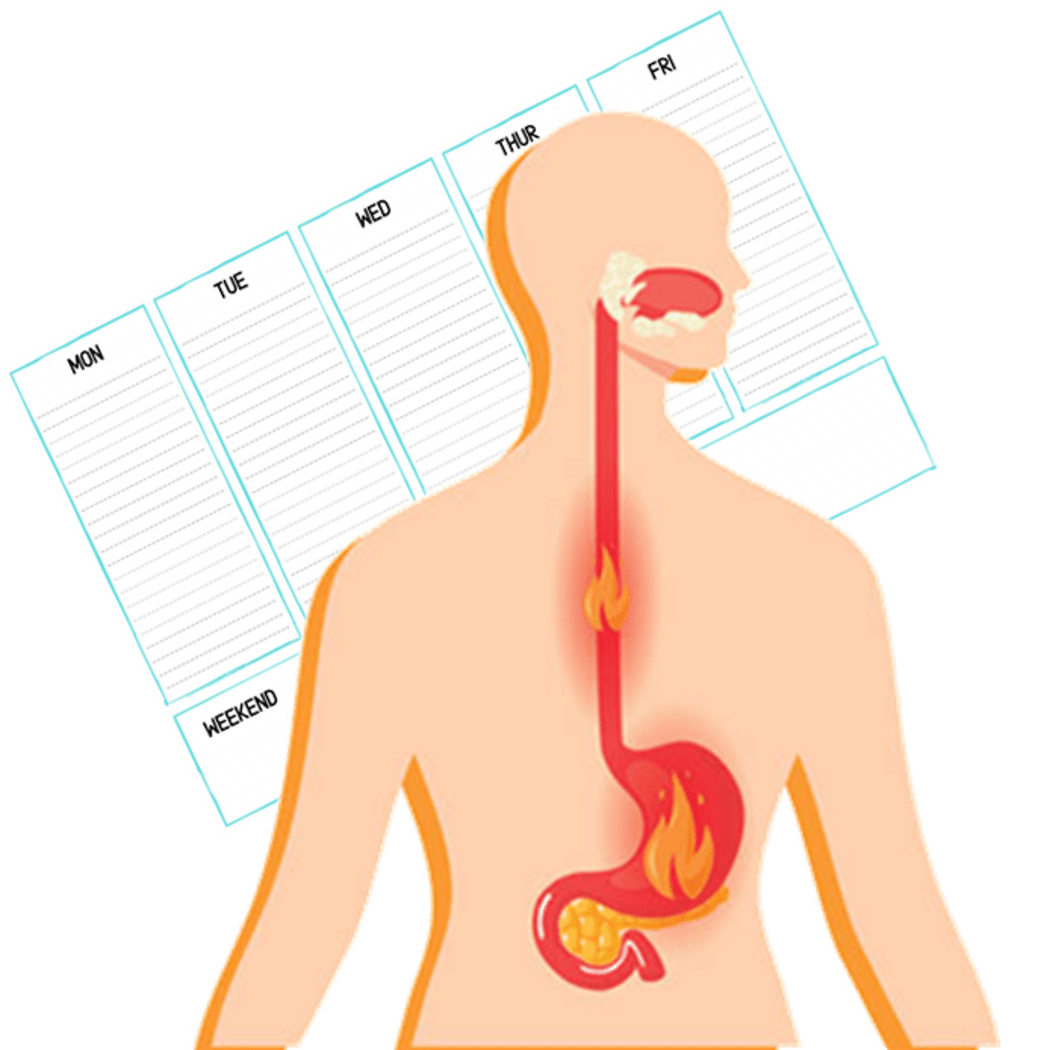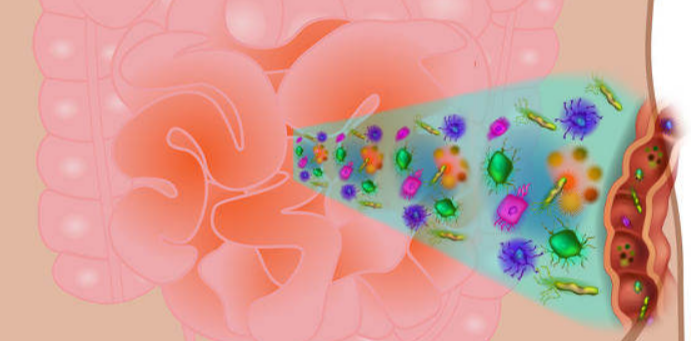FODMAPs are a group of sugars and short chain carbohydrates that are poorly absorbed in the small intestine. They include short chain oligo-saccharide polymers of fructose (fructans) and galactooligosaccharides (GOS, stachyose, raffinose), disaccharides (lactose), monosaccharides (fructose), and sugar alcohols (polyols), such as sorbitol, mannitol, xylitol, and maltitol. Most FODMAPs are naturally present in food and the human diet, but the polyols may be added artificially in commercially-prepared foods and beverages.
FODMAPs may cause digestive discomfort in people who are hypersensitive to luminal distension, but they do not cause intestinal inflammation. When FODMAPs reach the small intestine, they move slowly, attracting water. When they pass into the large intestine, FODMAPs are fermented by gut bacteria, producing gas as a result. This is a normal phenomenon, common to everyone. The resultant production of gas potentially results in bloating and flatulence. In people with IBS, the extra gas and water cause the intestinal wall to stretch and expand, which can cause exaggerated sensations of pain and discomfort.
However, some naturally occurring FODMAPs help avert digestive discomfort because they produce beneficial alterations in the gut flora. FODMAPs are not the cause of irritable bowel syndrome nor other functional gastrointestinal disorders, but rather a person develops symptoms when the underlying bowel response is exaggerated or abnormal.
Fructose malabsorption and lactose intolerance may produce IBS symptoms through the same mechanism but, unlike with other FODMAPs, poor absorption of fructose is found in only a minority. Lactose intolerance is found in a majority of adults with the exception of certain geographic populations, notably those of European descent.
Follow us on:
http://www.facebook.com/getcandorapp



